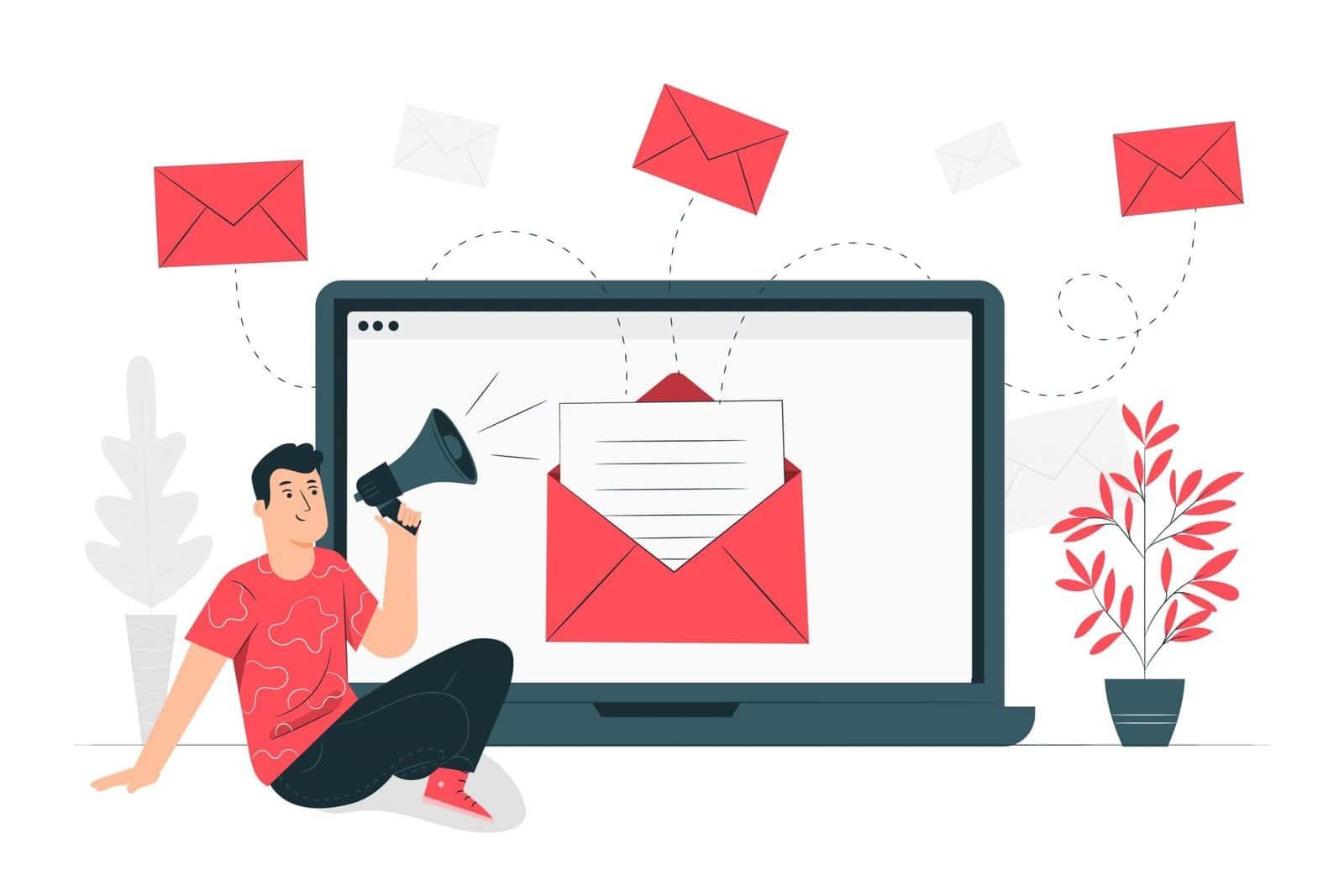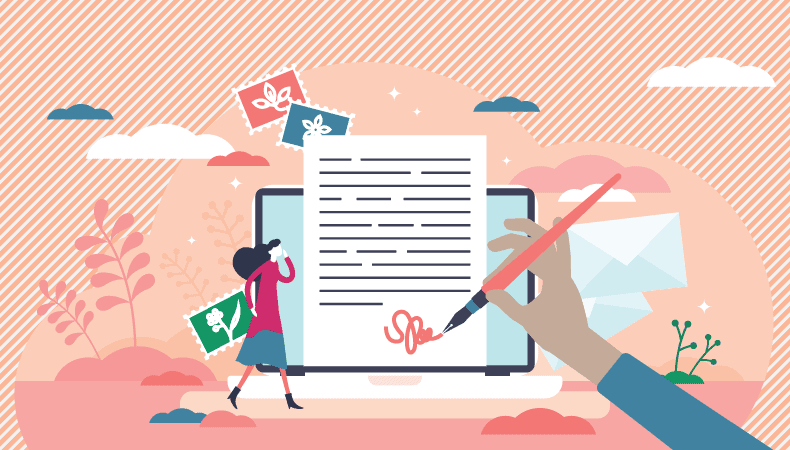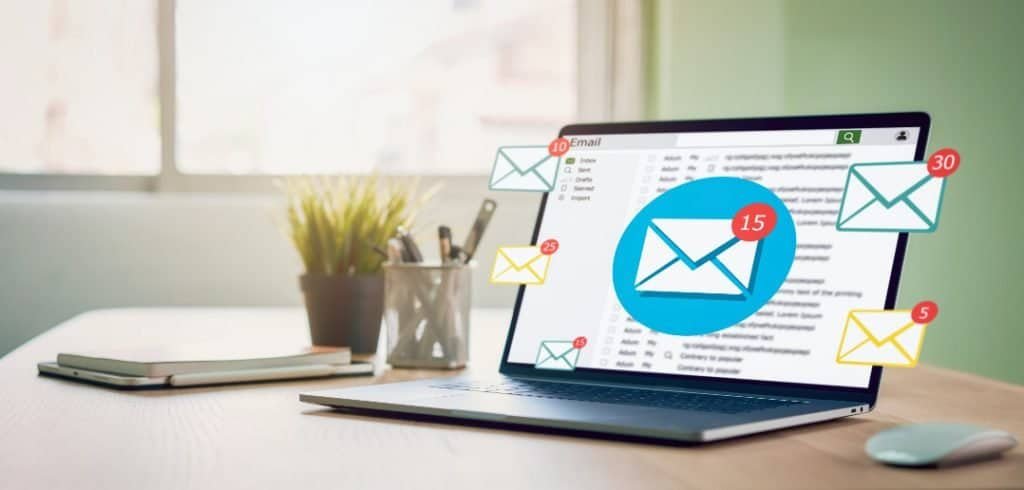Hey there! Let’s talk about emails. You know, those digital messages we send flying across the internet every day. They’re essential for business, networking, and staying in touch. But let’s be real, sometimes our emails get lost in the inbox abyss, never to be seen again.
That’s why we’re here today. We’re going on a journey to master the art of writing emails that people actually want to open, read, and engage with. Think of this as your ultimate guide to crafting email marketing copy that converts.
Why Your Emails Are Getting Ignored (Ouch!)
Before we get into the juicy tips and tricks, let’s face the harsh reality: your emails might be getting ignored for several reasons. Maybe your subject lines are as bland as unbuttered toast. Perhaps your content is a rambling mess that leaves readers confused and clicking “delete.” Or worst of all, you come across as unprofessional and spammy.
Don’t worry, though. We’re about to fix all of that!

The Secret Formula for Irresistible Emails
Here’s the good news: writing captivating emails isn’t rocket science. It’s about understanding your audience, crafting compelling content, and following some key principles.
Think of it like baking a cake. You need the right ingredients and the right recipe to create something delicious that everyone will love. The same goes for emails.
Step 1: Craft Clickbaity Subject Lines That Demand Attention
The subject line is the first impression your email makes. It’s the gatekeeper to your reader’s attention. A boring or vague subject line is like a locked door—no one’s getting through.
Here’s how to write subject lines that grab attention:
- Use Power Words That Evoke Emotion: Think about words that trigger curiosity, excitement, urgency, or even a bit of fear. Words like “secret,” “exclusive,” “limited time,” or “don’t miss out” can work wonders.
- Personalize It: When possible, use the recipient’s name or reference something specific to them. This shows you’ve put in effort and makes the email feel more personal.
- Keep It Short and Sweet: Aim for 50 characters or less. People are scanning their inboxes on their phones, so you need to get to the point quickly.
Step 2: Write an Intro That Hooks Them Like a Fish
You’ve got them to open the email, great! Now you need to keep them engaged. Your first sentence is crucial. It needs to hook the reader and make them want to keep reading.
- Start with a Bang: Don’t waste time with generic greetings. Jump right into something interesting or intriguing.
- Make It Personal: Refer to a previous conversation, mention a shared interest, or simply use a warm, friendly tone.
- Tease the Benefits: Hint at the value the reader will get from continuing to read. What problem will you solve for them? What exciting information will you share?
Step 3: Deliver Killer Content That Keeps Them Reading
The body of your email is where you deliver on the promise of your subject line and intro. Here’s how to make it shine:
- Get to the Point: No one wants to wade through paragraphs of fluff. Keep your sentences short and to the point.
- Break It Up: Use headings, subheadings, bullet points, and white space to make your email visually appealing and easy to scan.
- Focus on Benefits: Don’t just list features. Explain how those features will benefit the reader and solve their problems.
- Tell a Story: Stories are engaging and memorable. Use them to illustrate your points and connect with your audience on an emotional level.

Step 4: End with a Powerful Call to Action
Don’t leave your readers hanging. Tell them exactly what you want them to do next.
- Be clear and concise: Use action-oriented language like “click here,” “download now,” or “register today.”
- Create urgency: If there’s a deadline or limited-time offer, make sure to mention it.
- Make It Easy to Act: Provide clear links and instructions so there are no barriers to taking the desired action.
Step 5: Proofread Like Your Life Depends on It
Typos and grammatical errors can make you look unprofessional and damage your credibility. Before hitting send, always:
- Read It Out Loud: This helps you catch errors you might miss when reading silently.
- Get a Fresh Pair of Eyes: Have someone else proofread your email for you. They might spot mistakes you’ve overlooked.
The Power of Formatting: Make Your Emails Shine
Think of formatting as the icing on the cake. It makes your email more appealing and easier to digest.
- Use Fonts Wisely: Stick to standard fonts like Arial or Times New Roman. Avoid using too many different fonts or fancy fonts that are hard to read.
- Embrace White Space: Don’t be afraid to use plenty of white space. It makes your email less intimidating and easier to scan.
- Highlight Key Points: Use bolding, italics, or bullet points to draw attention to important information.
The Psychology of Persuasion: Sneak Peek
Remember, you’re not just writing words; you’re crafting an experience. You’re using psychology to influence your reader’s thoughts and actions.
Here are a few psychological tricks to keep in mind:
- Scarcity: People value things that are scarce or limited. Highlight limited-time offers or exclusive deals to create a sense of urgency.
- Social Proof: People are more likely to do something if they see others doing it. Use testimonials, reviews, or case studies to show that others have benefited from your product or service.
- Reciprocity: People feel obligated to give back when they receive something. Offer a freebie, discount, or valuable piece of information to encourage reciprocity.

Beyond the Basics: Advanced Email Marketing Tactics
Now that you’ve got the fundamentals down, let’s explore some advanced tactics to take your email marketing to the next level.
- Segmentation: Divide your email list into different segments based on demographics, interests, or behaviors. This allows you to send more targeted and relevant emails.
- Automation: Automate your email sequences to send a series of emails triggered by specific actions, such as signing up for a newsletter or making a purchase.
- A/B Testing: Test different versions of your emails to see what performs best. Experiment with subject lines, content, calls to action, and design elements.
Conclusion
There you have it, friend! We’ve covered a lot of ground, from crafting killer subject lines to understanding the psychology of persuasion. Remember, writing effective emails is a skill that takes practice. Don’t be afraid to experiment, analyze your results, and keep refining your approach.
The more you practice, the better you’ll become at writing emails that people can’t ignore. Now go out there and rock your email marketing!
FAQs
How long should my emails be? Keep them concise and to the point. People are busy and have short attention spans. Aim for emails that can be read in under a minute.
How often should I send emails? The frequency depends on your audience and the type of emails you’re sending. It’s better to send fewer, high-quality emails than to bombard people with irrelevant content.
How do I measure the success of my email campaigns? Track key metrics like open rates, click-through rates, and conversion rates. Use this data to analyze what’s working and what needs improvement.

